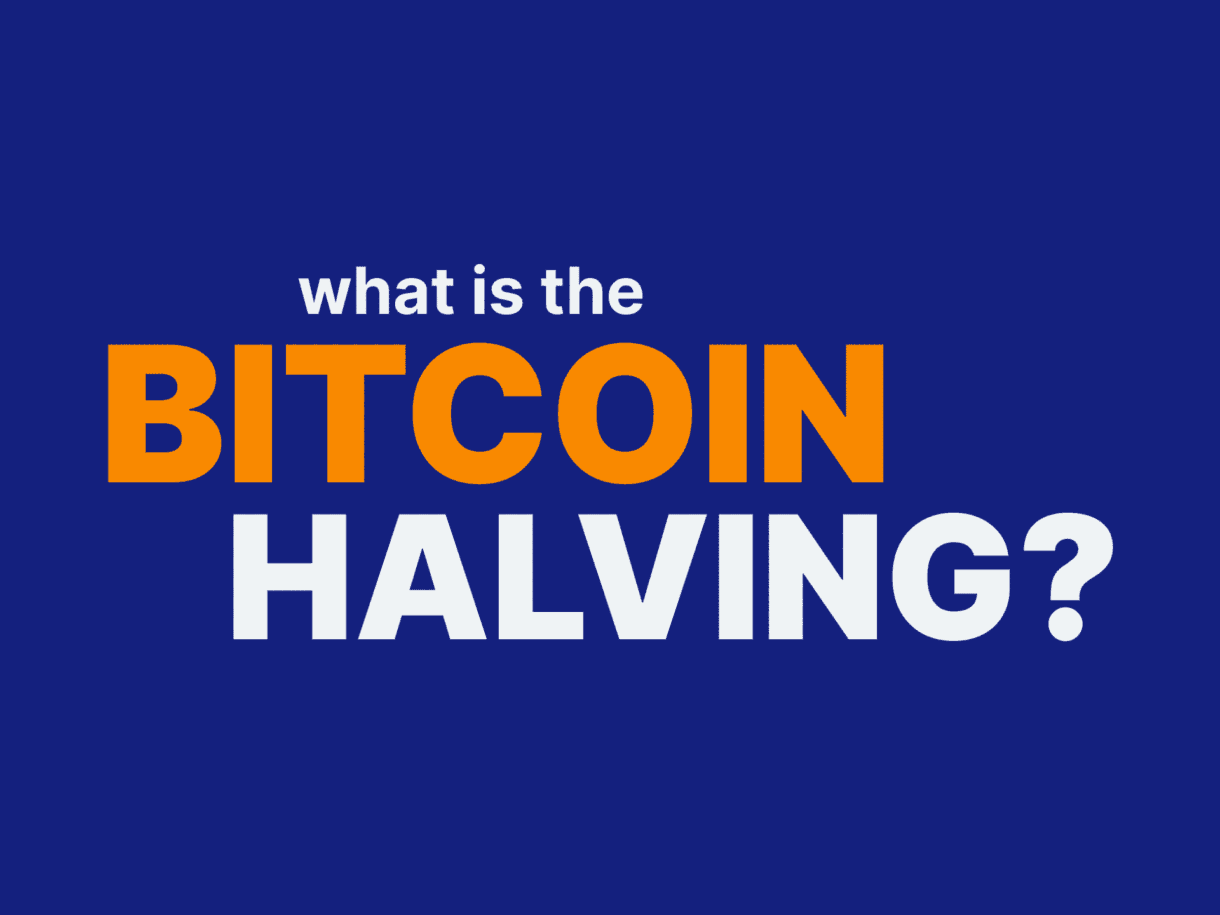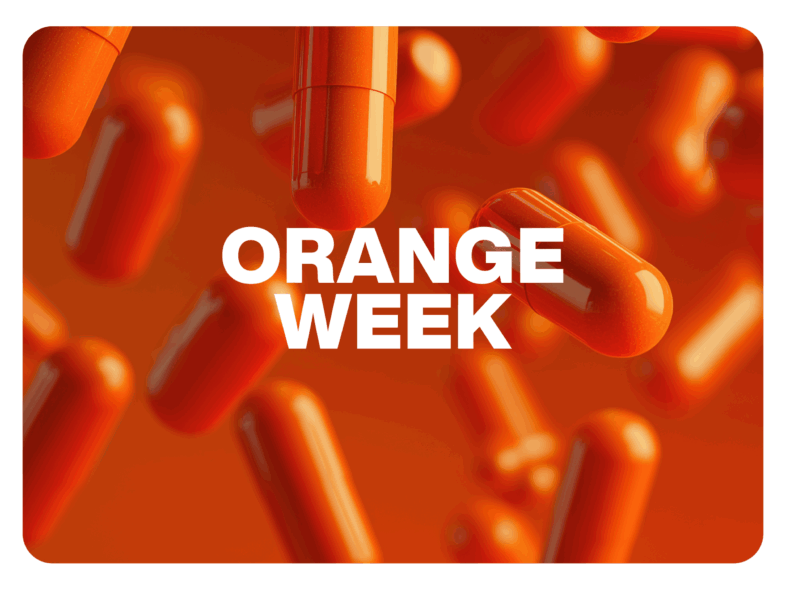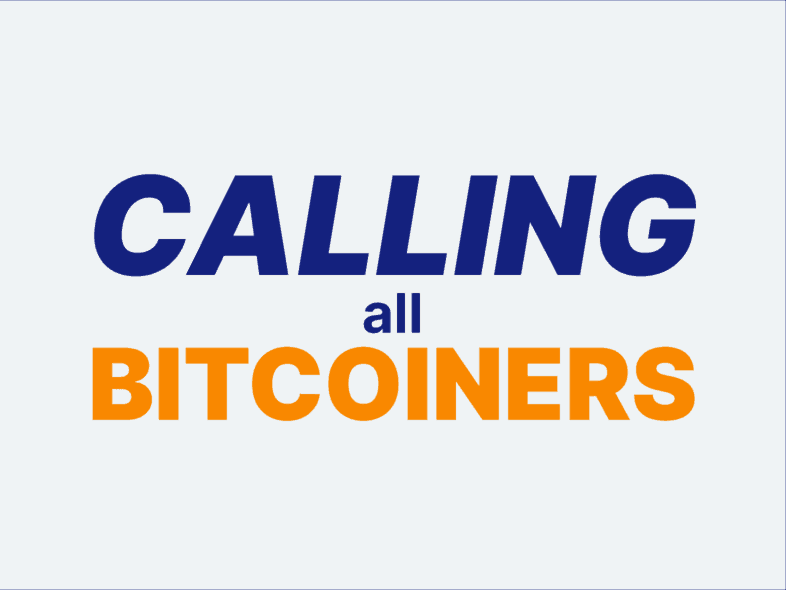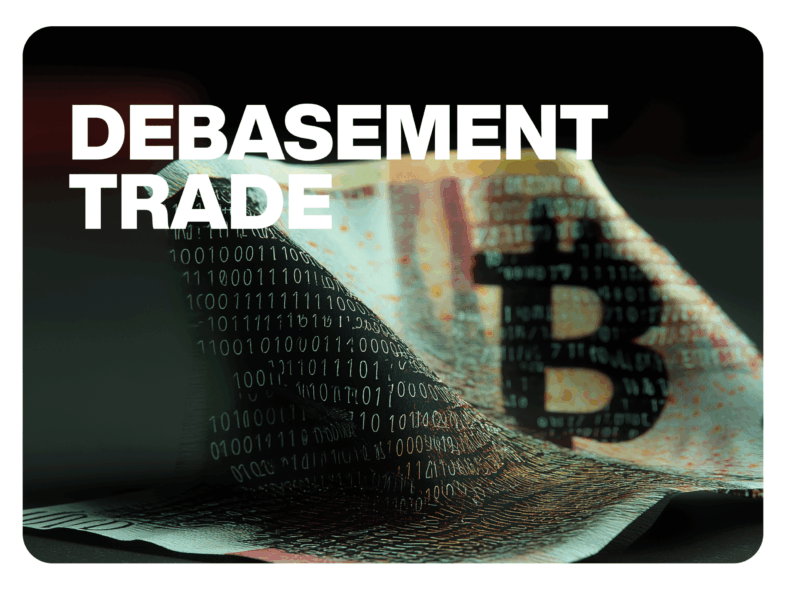The Bitcoin halving is one of the most significant events in the ecosystem. It’s always a reason to celebrate within the Bitcoin community. It has approximately occurred every four years and has repeatedly been decisive for the Bitcoin price.
In this blog post, you will learn about the mechanics of the Bitcoin halving. We look into its potential impact on Bitcoin’s price and what makes the 2024 Halving particularly special.
What is the Bitcoin Halving?
The Bitcoin halving is the halving of the Bitcoin block reward, with which miners are rewarded when they mine a new block on the Bitcoin blockchain.

Bitcoin has several mechanisms built into the protocol as well as the network. From Proof of Work to the difficulty adjustment, which takes place every 2016 block, we already have two mechanisms that govern the Bitcoin network. The Bitcoin halving is another important mechanism. It occurs every 210,000 blocks and is programmed into the Bitcoin source code.
Thanks to the halving of the block reward, the distribution of Bitcoin is regulated and known to everyone in the network. Since the first Bitcoin block, it has been well-known that the next Bitcoin halving will occur. Bitcoin’s monetary policy can be seen down to the last detail—a stark contrast to the existing monetary system.
The halving not only controls how much Bitcoin is issued but is also central to the inflation rate of Bitcoin. This rate decreases disinflationarily until the last Bitcoin is mined and then becomes deflationary, i.e., the purchasing power of Bitcoin holders increases in the long term.
Why does Bitcoin Halving exist?
Thanks to the Bitcoin halving, the Bitcoin inflation rate is reduced every four years, which means that Bitcoin continues to gain purchasing power.
This is unique because the Bitcoin halving was programmed into the Bitcoin source code by Satoshi Nakamoto and cannot be changed. As early as 2009, the inventor ensured that the future of Bitcoin would not be inflated away and that Bitcoin HODLers would be rewarded.
After all, HODLers gain purchasing power until the last Bitcoin is mined, as the network is disinflationary until that point and deflationary after that. From this point onwards, the network will survive the transaction and network fees. This makes Bitcoin the first financial system in the world that can predict what the monetary policy will look like in 100 years. Something central banks can only dream of.
The Bitcoin halving also ensures that not more than 21 million Bitcoin are issued. This prevents excessive money printing at the protocol level and ensures no central authority or person gains an advantage.
Does the Halving influence Bitcoin’s price?
In the past, the Bitcoin halving was a significant event for the Bitcoin price. Reducing the block reward for miners reduces the inflow of new Bitcoin onto the market. This shortage, combined with a constant or increasing demand for Bitcoin, has led to upward pressure on the price.
Price increases have followed previous Bitcoin halvings in 2012, 2016, and 2020. However, it is essential to note that many other factors can influence the Bitcoin price, such as the global economic situation, regulatory developments, technological advances, and market sentiment in general. The correlation between Bitcoin halvings and price spikes is, therefore, present but not necessarily causal.

Bitcoin is still a young and emerging asset. We don’t have much data after just over a decade of explosive growth and a handful of Bitcoin halvings. The effects of this four-year event will likely become less and less important.
Why is the Bitcoin Halving 2024 so important?
First of all, every Bitcoin halving has been significant for the Bitcoin ecosystem, as it reduces the amount of Bitcoin issued daily, miners have to expect fewer block rewards, and the Bitcoin inflation rate is reduced. However, the Bitcoin halving 2024 is exciting due to four events:
- Spot Bitcoin ETFs: Wall Street has jumped on the Bitcoin bandwagon since January 2024 and is already buying ten times more Bitcoin per day before the halving than those issued into the network daily. Considering how quickly and aggressively these providers are buying Bitcoin and the enormous influx of capital coming our way, the 2024 halving will be an exciting event. It is likely that the Wall Street giants are also expecting a positive price trend thanks to the halving and have entered the ecosystem at the perfect time.
- Bitcoin in politics: Bitcoin has been at the center of politics ever since it was legal tender in El Salvador. This will remain the same in 2024. We can already see that Bitcoin is an election topic for presidential candidates in America, but also politicians over here in Europe. The more Bitcoin is addressed as a political topic, the better, and the halving has already been mentioned in various interviews.
- Failing currencies: In emerging markets, a trend is discernible in 2024: most local currencies in these countries are failing or have already failed. The populations of these countries are looking for alternatives, and in many of them, Bitcoin has already reached new highs before the halving. If the halving cycle continues again and the price also rises in the West, it can be expected that Bitcoin adoption will continue to rise, especially in these emerging markets.
- Interest rate turnaround: Central banks have been raising interest rates faster than ever due to galloping inflation in emerging and developed markets. Since consumer price inflation (CPI) is falling in most countries, a turnaround or a pause in rate hikes is possible. This could act as a catalyst for an upward breakout in all financial assets, including Bitcoin.
Conclusion
The upcoming Bitcoin halving 2024 will be another exciting event for the ecosystem. For the first time in Bitcoin’s history, Wall Street firms are on board and are following the exciting event just as avidly as the Bitcoin HODLers in the community. While historical patterns point to a positive price trend, it is essential to understand that Bitcoin, like any other financial asset, operates in a complex system of economic, technological, and social variables.
FAQs
When was the last Bitcoin Halving?
The last Bitcoin halving took place in May 2020, reducing miners’ block reward from 12.5 Bitcoin to 6.25 Bitcoin.
How many Bitcoin will Bitcoin miners receive after the Halving 2024?
After the Bitcoin halving in 2024, Bitcoin miners will receive 3.125 Bitcoin as a block reward for each block mined instead of 6.25 Bitcoin.
When will the Bitcoin Halving 2024 take place?
According to current forecasts, the Bitcoin halving 2024 is expected to occur in April 2024. The exact date cannot be predicted with certainty as it depends on mining the 210,000 blocks since the last halving.
What impact will the Bitcoin Halving 2024 have on the Bitcoin price?
In the past, Bitcoin halving has always impacted Bitcoin’s price. On the one hand, it reduces the number of Bitcoin that are issued into the network by miners each day. If the demand for a now-reduced supply remains, the FOMO (Fear Of Missing Out) effect kicks in, which causes the price to rise in all situations.
On the other hand, the Bitcoin halving 2024 is the first halving in which we also have institutional interest, thanks to the spot Bitcoin ETFs. The Wall Street giants are buying ten times more Bitcoin daily than those being issued into the network. From the halving onwards, the ratio changes to 20 times more daily. With such enormous demand from institutions with substantial capital inflows, a price increase could be a consequence.
How many Bitcoin Halvings will there be in total?
There will be Bitcoin halvings until the last fraction of a Bitcoin has been issued, which is expected to be the case in 2140. By then, no more new Bitcoin will be released through mining. After that, the security of the Bitcoin network will be ensured through transaction fees. In total, there will be 64 Bitcoin halvings.
What happens when there are no more Bitcoin to mine?
After the last halving in 2140, block rewards will no longer be paid out in the form of Bitcoin. Instead, miners will be rewarded with transaction fees from network users, i.e., those who buy, sell, or send Bitcoin, so they have an incentive to continue processing transactions on the Bitcoin blockchain.





